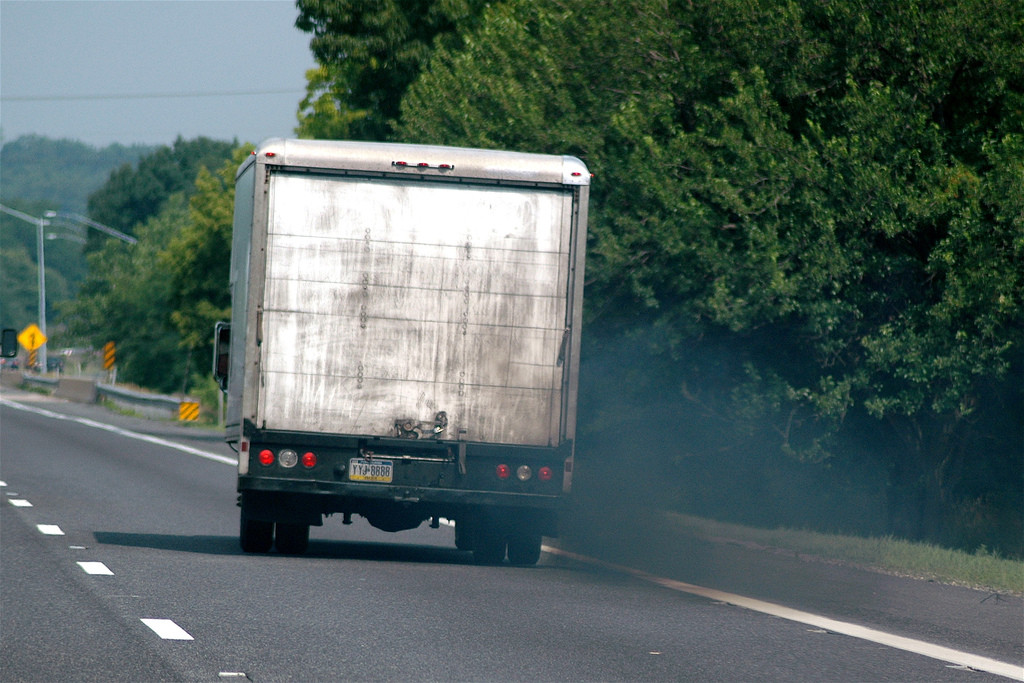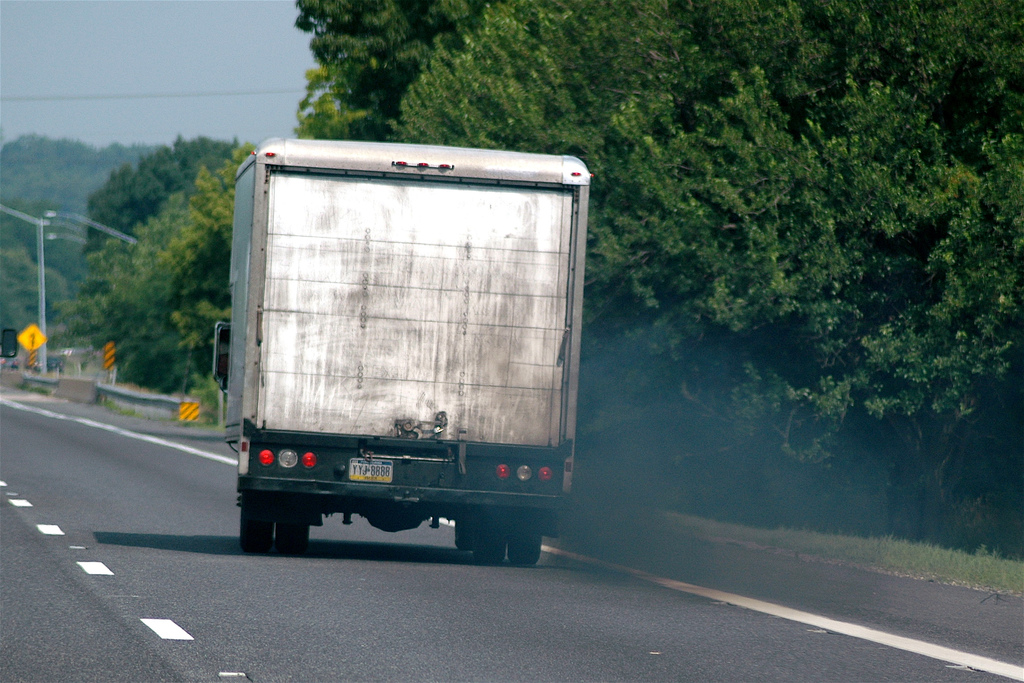
One way to mitigate the effects of burning fossil fuels is to capture the carbon emitted in the process and to prevent it from entering the atmosphere. The most common method in use today at natural gas and coal-burning plants is called amine scrubbing.
In this process, post-combustion flue gas passes through liquid vats of amines, which chemically absorb the CO2. The resultant amine-CO2 complex can then be decomposed by heat to produce high-purity CO2 and this process is used widely in the food and beverage industry.
But to scale up this kind of carbon capture for the purpose of mitigating climate change would be quite capital-intensive. The amine solutions are extremely corrosive and require costly containment vessels. The process is also quite energy-intensive, which is, of course, very undesirable.
Researchers at Cornell have recently developed an improved process for amine-based carbon capture. Their new process involves the use of a silica scaffold with nanoscale pores that serves as a support for an amine sorbent. The scaffold is dipped in the liquid amine, which it soaks up like a sponge. The end product is a stable, dry white powder that can capture carbon dioxide. It could be used in a new process that eliminates the costly and complicated infrastructure needed for liquid amine carbon capture.
The researchers still need to optimize the new sorbent and then demonstrate its use in a real-world setting to the industry. One possibility would be to retrofit Cornell’s own power plant. In a world that still has plenty of fossil fuel, practical carbon capture is a big deal.
**********
.
Web Links
Carbon-trapping ‘sponges’ can cut greenhouse gases
Photo, posted June 30, 2007, courtesy of Jeff Kubina via Flickr.
.
Earth Wise is a production of WAMC Northeast Public Radio.
